Sciatica, characterized by its hallmark symptom of nerve pain shooting down the leg, stands as a significant health concern for…
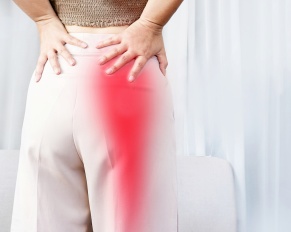

Sciatica, characterized by its hallmark symptom of nerve pain shooting down the leg, stands as a significant health concern for…

A slipped disc, also known as a herniated disc, is a prevalent condition that can cause significant back pain and…

Understanding Facet Arthrosis: A Guide to Spinal Health Facet arthrosis, also known as facet joint arthritis, poses a significant challenge…

Lumbar laminectomy, a surgical procedure designed to alleviate back pain and discomfort caused by spinal stenosis, has emerged as a…
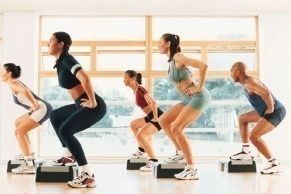
In today’s fast-paced world, back pain has emerged as a common ailment affecting individuals of all ages, such as the…
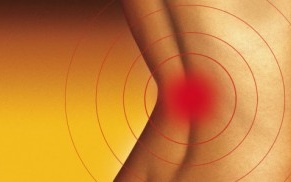
Back pain is a prevalent issue that affects individuals of all ages, but it holds particular significance in the realm…
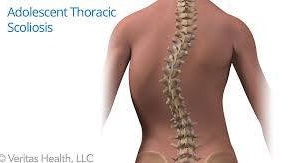
We’ve all seen the pictures of the hunched-over elderly person who has to walk with a cane. It’s one of the first things that come to mind when we think of older folks’ ailments… back problems. But is back pain a normal sign of aging? Does it really have to be this way? Must we suffer with back problems, medical conditions of the spine, and back pain, just because we’re headed toward our senior years? The answer is an unequivocal ‘Absolutely not! Back pain is not an inevitable, unavoidable part of getting older. In fact, many people throughout the country find that ‘aging gracefully’ includes aging without having to suffer with it.

While most people have heard of acupuncture by now, many don’t know that much about it or can’t even imagine…
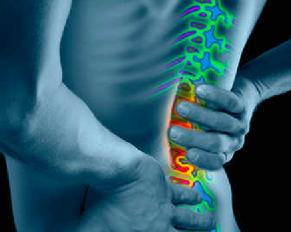
Having constant back pain causes such as spasms, muscle strains, or disk issues can put a damper on your life.…

Medical experts rank back pain as one of most common medical conditions, affecting an estimated 80% of all Americans at some point during their lives. What makes back pain particularly troublesome, is that it is a medical condition that affects people of all ages, genders, and ethnic backgrounds. But what exactly causes back pain?
An adult spine consists of a stack of 24 bones called vertebrae, plus the bones of the sacrum and coccyx. These bones support the human body and protect the spinal cord’s major column of nerve fibers connected to the brain. These fibers run through the vertebrae via the spinal canal. Between each vertebra are discs made of cartilage and filled with a gel-like material, these act similar to a shock absorber. Also, ligaments, muscles, tendons and small joints called facets help hold the vertebrae together.